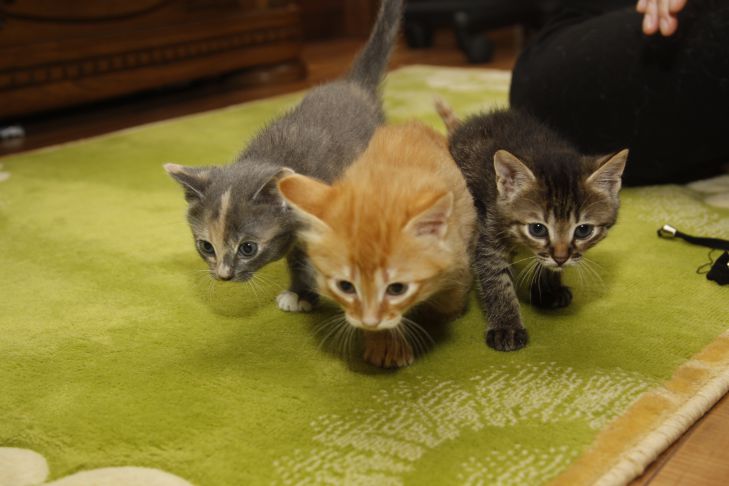Mutual understanding is the foundation of the world of living beings, where man has appointed himself the crown of nature. To come to an agreement, man speaks many words. The same cats do without talking.
Experts have explained how cats understand each other and what role meowing plays.
Basically, four-legged animals use body language, smells, and only then vocal capabilities.

According to researchers, pets resort to meowing and hissing only when something didn't get through to their opponent the first time. Exclusively to enhance the effect.
But basically, their communication takes place “without words”.
Cat Body Language
In communication, perhaps the most important tool is the tail. Even people understand cats with the help of their tails.
A tail raised vertically indicates a good mood, while a nervously darting tail indicates both anger and curiosity. Much depends on the intensity of the movements.
Of course, a fluffy tail standing on end indicates fear or aggression.
In addition, cats use their noses to communicate (they touch their noses), rub their bodies against each other, and another gesture is to lick each other’s heads.
Smells
Thanks to the presence of special glands on the neck, chin, and also in the ear area that secrete pheromones, cats also exchange data quite well.
People cannot smell these odors, but animals mark everything they rub against with them, from their owner’s feet to his face.
The same pheromones in the cat world act as a system for determining “friend or foe.”
Voice data
These are meowing, purring and hissing. But cats rarely use these opportunities when communicating with each other.
To understand each other, they only need a smell, a look or a movement. They only resort to shouting in extreme cases.
